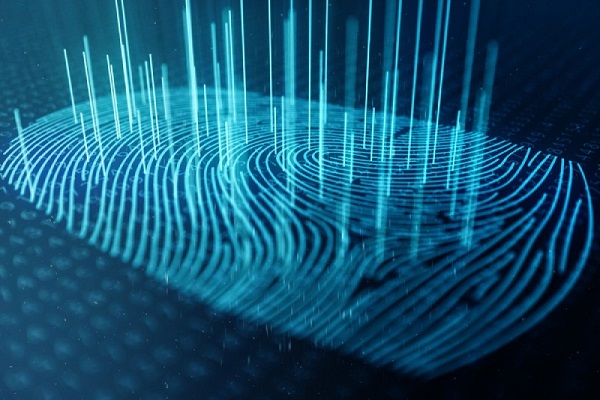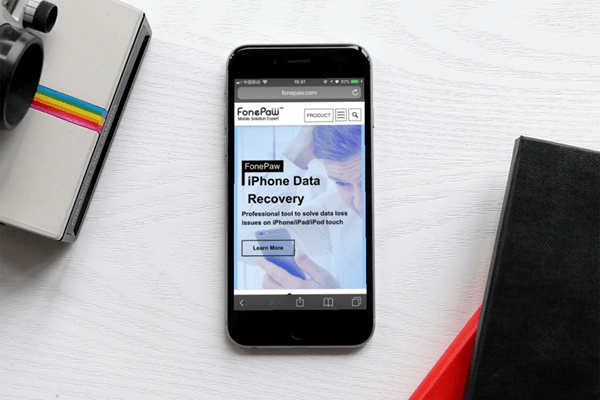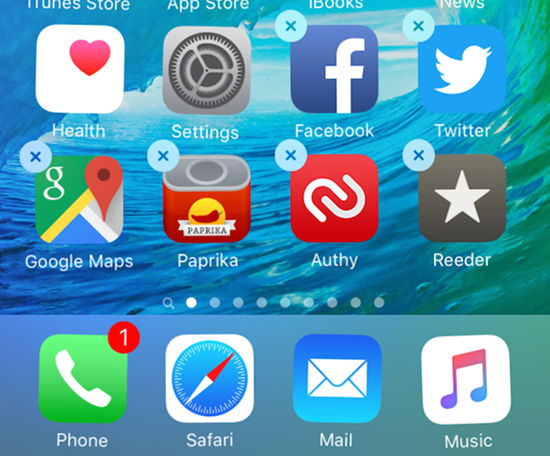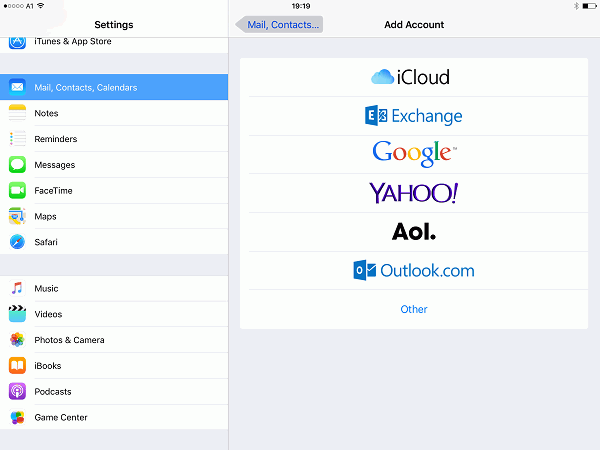How to Reduce Your Digital Footprint

To protect your data, it is best to use an antivirus. It will warn you each time you visit a questionable site and offer you options to protect your data from third parties. There is plenty of security software you can choose from by reading their capacities and reviews, like this https://antivirus-review.com/pc-matic-review. However, antiviruses don't always help to protect the personal information that you share willingly. Hence, you need to be careful about it yourself. Your digital footprint can provide any interested party with a lot of your personal information, such as your location, social status, interests and preferences, social circle, daily routine, and the bad habits you have. This information is a valuable find for scammers and stalkers, recruitment agencies and large employers, special services, and law enforcement agencies. There are often cases when photos and thoughtless comments on the Internet cost a person a job and a career. Let's see what the information is about.
What Types of Data You Leave as a Footprint
The data can be categorized by its function, which helps us see how we can avoid it. Here are the primary ones:
● implicitly collected data (services that track your internet activity when you accept cookies);
● explicitly collected data (services that require your email address and other data when signing up for online services);
● publicly available information that can be collected on the Internet, such as phone number, address, photos, and social media profile.
Unfortunately, there is no way to remove information from the network entirely. However, you can still get rid of the obvious traces.
Most of one's digital footprint is accumulated passively when we just use services, look for information, etc. Cookies are an old method that websites use to obtain information about their visitors. These are tiny files that browsers collect on your PC after entering a web page for the first time to track the activity on that website.
Cookies can reveal your user preferences and preferences that allow a site to customize and offer a unique or special experience personalized specifically for each user. Cookies also store credentials to facilitate access to the site. With them, sites remember passwords so that we do not enter them over and over again.
Main Types of cookies
Interestingly, there are different kinds of cookies. The user interacts with them in different situations, while they have various goals.
● Session. Used while you are on the site. Close the tab, and the cookie will disappear.
● Permanent. They remain in the computer memory for some time and are used for authentication. This is how the site understands that you are you.
● Third-party. Generated by third-party developers.
When people talk about digital footprint in marketing, they mean these cookies. They provide the information for the advertisers on the content you are interested in if you are looking for a specific request in an online store. It as well refers to your location (via your IP address), your device configuration, or how long you spent on a particular site.
Cookies are not harmful nor good. You just need to be aware: whenever you click on the "Accept cookies" button, the algorithms take a record of your digital actions and provide the information for the analysis to the marketing department. keters.
Know How to Reduce Digital Footprint
Apart from accepting cookies more carefully, there are other ways to make your digital footprint smaller.
1. Tidy up social media. Check the content of your posts out there. You may have previously published confidential information. Anything can become a clue for intruders, even the VIN code of your car. Regular users of social networks quickly forget what they wrote a year ago, whom they were tagged in photos with, and which groups they are subscribed to. These are all bits of data that together reveal a person's identity.
2. Adjust privacy settings. To clear your digital footprint, at least partially, remove your home address from open data, make your personal account private, and leave only the people you need in your friends' list.
3. Get a new SIM card. Link your essential accounts to the new number. Ideally, the primary contact number must remain clean.
4. Delete accounts you don't use anymore. Try to remember all sites where you created the profiles and which you do not utilize anymore. Close them using internal settings. If you can't, change the data in that profile to erase the trace to you (and mess with possible intruders a little bit).
Sometimes, sharing our data with the Internet brings you deals, discounts, and exciting content. But it's important to remember it's not totally safe. Thus, gear up with an antivirus you trust and allow yourself not to be entirely honest with the sites that seem too curious.























